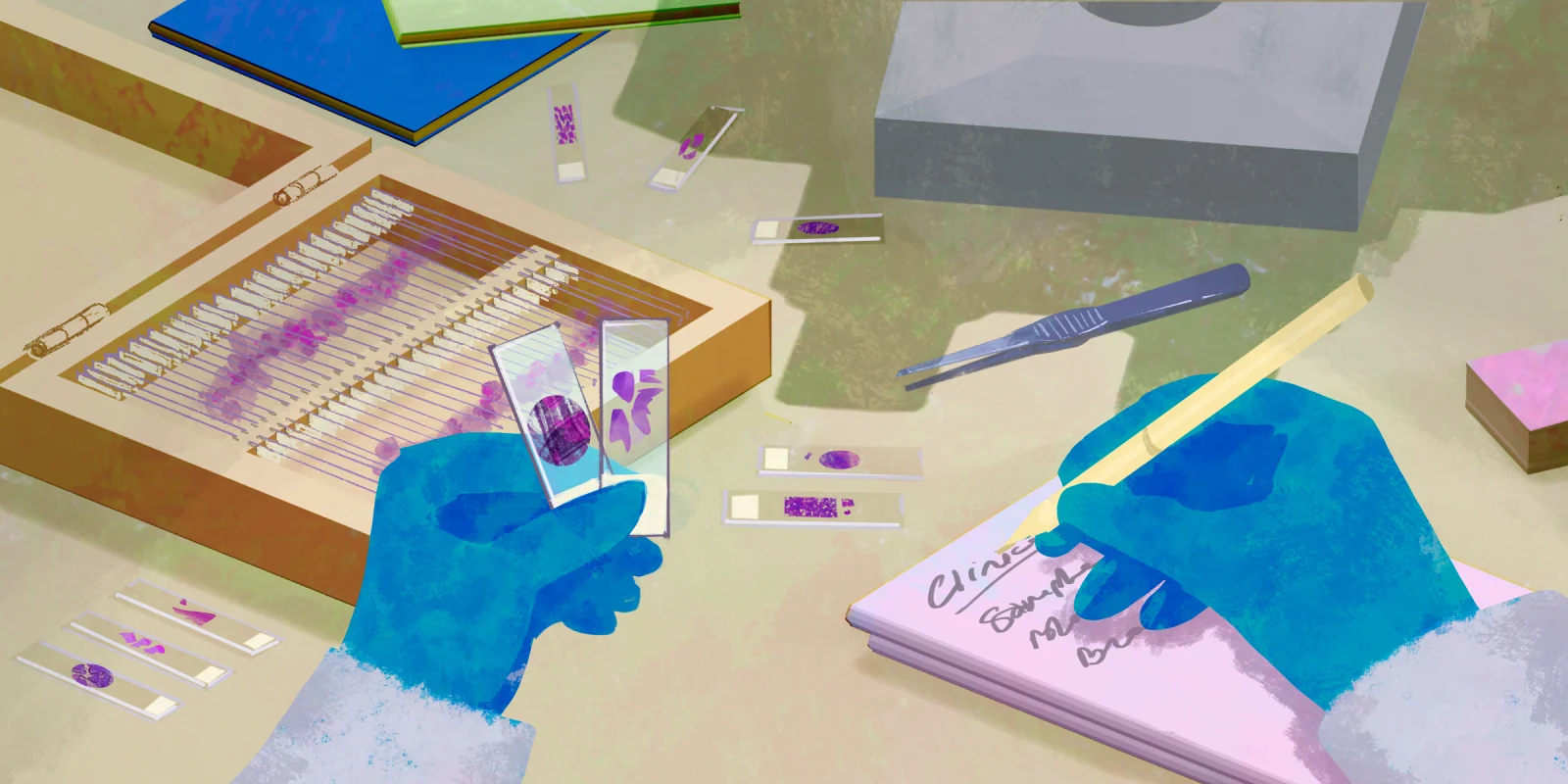This year the San Antonio Breast Cancer Symposium offered a special multidisciplinary session on “HER2 Low Breast Cancer: A Separate Entity?” (Wednesday 12/7/22 at 9.45 am) that focused on pathology and treatment issues of this very interesting group of breast carcinomas. I had the pleasure to Co-Chair this special session focusing on issues of accurate testing and in the pathology laboratory, together with Dr. Adam Brufsky of the University of Pittsburgh who focused on issues of clinical management.
HER2-positive breast cancers represent ~15% of all invasive breast cancers and classically they are associated with aggressive clinical course & poor prognosis. The natural history and prognosis of these cancers has tremendously improved with development of HER2-targeted therapies. The first generation anti HER2 drugs were monoclonal antibodies such as trastuzumab, and pertuzumab. Their mechanism of action was direct inhibition of HER2 dimerization on the cell membrane. Then the development of tyrosine kinase inhibitors such as lapatinib and neratinib added to the list of anti-HER2 therapies available for our breast cancer patients. Their mechanism of action was blockade of downstream signaling. The next generation anti HER2 targeted therapy are the antibody drug conjugates (ADCs). The mechanism of action of these newer drugs is to use the HER2 molecules on the tumor cell surface as a means for delivering the cytotoxic medication to the cancer cell; this kills the tumor cell and many other neighboring tumor cells that may not express HER2 on their cell surface through a mechanism called “the bystandard effect”.
In order to provide guidance on how to properly test for HER2 expression and find the HER2-positive breast cancers that may benefit from anti-HER2 therapies, the American Society of Clinical Oncology (ASCO)/College of American Pathologists (CAP) released initial recommendations for HER2 testing in 2007 and updated them in 2013 prior to recent 2018 update. The 2018 ASCO/CAP guidelines are the guidelines we are using today to measure HER2 in the pathology laboratory.
The current guidelines for the use of immunohistochemistry in the Pathology Laboratory are as follows: IHC 0 and 1+ are considered negative, IHC score 3+ is considered positive and IHC score 2+ is considered equivocal with weak to moderate complete staining in >10% of the tumor cells. For this last category, additional testing such as FISH is required. Regarding HER2 testing by FISH in the Pathology Laboratory, the 2018 guidelines separated cases into 5 groups. Group 1 with a ratio of >or = 2 and HER2 signals/cell of >or =4 was positive. Group 5 with a ratio of <2 and HER2 signals /cell of <4 was negative. Group 1 and Group 5 make up 95% of all breast cancer cases. Groups 2, 3 and 4 are far less common and make up 5% of all breast cancer cases.
Excitement about the new ADC type of therapy of anti-HER2 therapies, became really high with NEJM publication of the DESTINY-Breast04 clinical trial this July. This was a phase III clinical trial involving patients with HER2-low metastatic breast cancer who received one or two previous lines of chemotherapy. HER2-low was defined as score 1+ on IHC or score 2+on IHC but negative/non-amplified on FISH testing. This HER2 expression was confirmed centrally and was evaluated with the use of the Ventana HER2/neu (4B5) antibody. 557 were randomized to receive either T-DXd (trastuzumab-deruxtecan) of physicians’ choice chemotherapy. In this clinical trial the use of this ADC resulted in significantly longer progression free (10.1 vs 5.4 months, p<0.001) and overall survival (23.9 vs 17.5 months, p=0.003) than the physician’s choice of chemotherapy.
This very promising study and many others along these lines focused on HER2 Low breast carcinomas. While there is no formally accepted definition of what a HER2-low breast cancer is, some investigators are proposing a 3 tier system: Breast cancer cases with an IHC HER2 score of 3+ or IHC score 2+ and amplified by FISH are the HER2-positive breast cancer cases. This group constitutes about 15% of all breast cancer cases. Then breast cancer cases with an IHC HER2 score of 0 are the HER2-negative breast cancer cases. This group constitutes about 30-40% of all breast cancer cases. And finally breast cancer cases with an IHC HER2 score of 1+ or IHC score 2+ and non-amplified/negative by FISH are the HER2-low breast cancer cases. This group is the largest group and constitutes about 45-55% of all breast cancer cases.
At this point in time, there are important challenges in order to accurately, reliably, and reproducibly identify HER2-low breast cancer cases in the pathology laboratory. The assays we currently use were not designed to answer the question at hand; instead they were optimized not to miss HER2-positive cases. With the Her2 Low breast cancer cases we are asking the assay to work in a dynamic range that it was not designed to work in. A number of factors such as antibody clones, tissue fixation, antigen retrieval protocols, enzymatic activity of the detection system, reaction time, temperature, substrate concentration can impact the intensity of staining and turn a score 0 case to a score 1+ case and vice versa.
While the pathologists are tirelessly working to address these testing and assay issues, the real question is if the HER2 Low breast cancer cases are a separate entity with unique behavior and prognosis or if it does not really matter to separate our HER2 Low cases from our HER2 negative cases since all may benefit from ADC therapies. A number of innovative studies on this issue were presented during this year’s San Antonio Breast Cancer Symposium. Sara Tolaney, MD, MPH, Chief of Breast Oncology, and Associate Professor of Medicine, Harvard Medical School argued the “con” point and Giuseppe Curigliano, MD, PhD, European Institute for Oncology, Milan Italy argued the “pro” point in this Special HER2 Low SABCS Session. As newer and more effective anti-HER2 therapies become available, assays detecting low levels of HER2 may help select a growing number of breast cancer patients who may benefit from these innovative treatments.
Dr. Siziopikou has no conflicts of interest to report.
Illustration by Jennifer Bogartz







